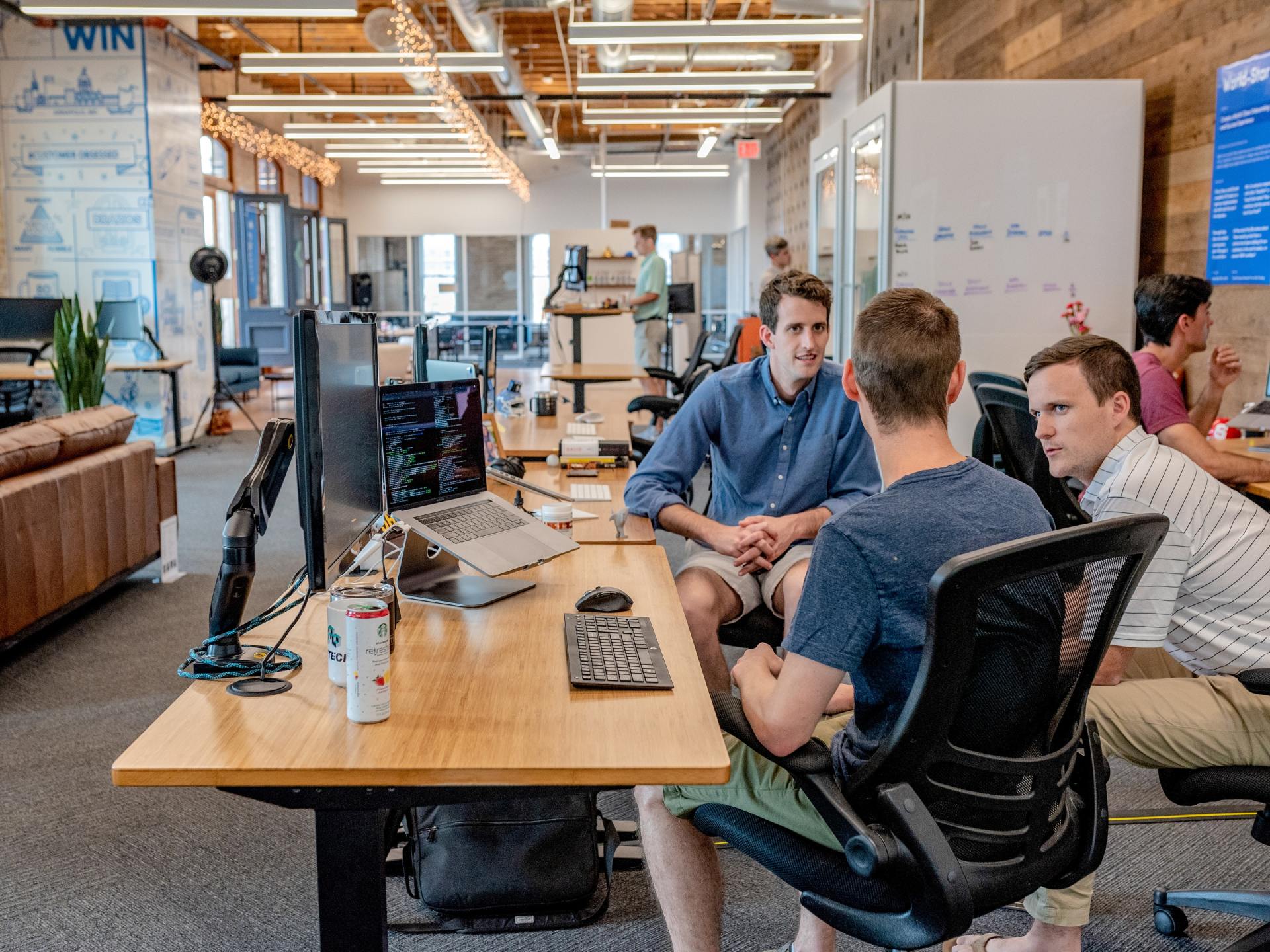The truth is out there...
- By Mark Aikman
- •
- 17 Nov, 2020
- •
What do you need to know from the discovery phase in digital transformation?

Effective Discovery works
on more levels than simply finding out how people currently use the existing
technology. I'd argue it has six key features:
1.
What’s going on in this organisation?
Clearly, Discovery needs to tell you what’s going on in the organisation. Who’s doing what with which technology; whether it works or not; how they cheat when it doesn’t work; how we could do more business if it worked differently; and how it could be brillianter. It creates benchmark baselines of where we are now on your chosen yardsticks – such as how long it currently takes to do stuff.
You need to elicit a comprehensive picture of what will make the business more efficient and effective, and ideally future-proofed.
Of course, this opens us up to kite-flying pipe-dreams and Utopian-Nirvanas of the first water. It can be very easy for Discovery to conclude that Everything Is Broke and Only Perfection Will Do as a solution. But that’s OK as a starting point: you are aiming to get a sense of the biggest picture possible. Managing expectations in the real world comes later. A full sense of what’s wrong and what’s an opportunity will help you scope the project and prioritise its component parts.
2. What’s the people-factor?
You will also need an understanding of the people of the organisation – widely termed the culture, but exemplified by the attitudes and behaviour they demonstrate. You’ll need to get a clear picture of which frustrations are so great that they outweigh resistance to change – this is generally expressed as “anything would be better than this”!
You’ll need to know who is supporting which agenda, from the C-suite right through to the shop-floor. You’ll need an attitudinal map, understanding, for example, which departments are the most crafty work-arounders; which will be impressed by glitzy gizmos and gorgeous gadgets; and which would prefer Slade to still be topping the charts.
3. What about the customers?
Let’s have a little story, seeing life from the customer’s end of the telescope….
Stuck on an extremely stationary train once, short of entertainment, my colleague and I were having a conversation – well, OK, a two-way rant – about the transport and travel industry. We concluded that clearly, ten years ago, some imaginative IT and/or Marketing people in travel were given a problem statement that asked them to address “profitable, customer-focused booking”. Some of them did an absolutely brilliant job: for example, just look at the intuitive and innovative approaches in the Trainline booking technology or the BA app.
Now, most travel-industry apps are absolutely great for booking in nanoseconds. And as a result, the customer gets the impression the app is now reliably running the show and is their main point of contact with the transport brand. Expectations of a whizz-bang-customer-delight experience are now (ahem!) on-track to (er) sky-high levels.
Trouble is, the travel and transport industry in general has only got round to addressing the first part of the transaction. You know, the important part, the one where they capture your credit card details like lightning.
Because most transport apps fall apart a few minutes after the booking transaction completes. Most have no facility for problem solving when something goes wrong. They’re not connected to the live-action real world, which is full of fog and snow and malfunctioning credit card terminals and cable-theft and cancelled trains. So the minute there’s a problem, the oh-so-handy app becomes part of the problem – instead of being a switched-on trusty friend, it’s looking a bit blank and repeating itself un-cooperatively. Despite all the imagination and energy that’s been invested in innovation, the stranded 21st century customer then has to revert to Victorian technology and queue up at a desk to consult old-school uniformed staff.
This is a brilliant example of seeing the situation only from an in-house perspective. The travel companies knew what they wanted – seamless booking to get the money and commitment off the punters, pronto. They then failed to recognise what their app did to their brand from the customer’s point of view. Probably because they didn’t ask the customer what their expectations were.
Rule 3 is always include the customers in your Discovery: don’t take the business’s word for it on their needs, views and their aspirations.
4. What are the competitors up to?
Competitors used to be something to do with Sales and Marketing. Now, they’re our problem. Sorry, I mean “opportunity”, to use the correct marketing language.
Your transformation needs to take into account everything you know about what competitors are doing in your marketplace. Ideally, it will put you ahead of the pack; but at Very Worstest you need to be keeping pace.
Marketing folk are trained to look into the empty spaces available in the future – spaces this organisation might claim and fill. They don’t think about the now, or the soon: they are programmed to look at the five- and ten-year horizon.
To give an example, in mid-2020 most UK holiday travel companies were in a flat spin about the here and now, desperately filling next week’s seats and worrying about ever-changing “air corridors” at the height of the global pandemic first wave. But over in China, the 200-year-old Thomas Cook brand had been quietly purchased by a company who were turning the package holiday operating model on its head. This firm was setting up the new Thomas Cook as an online-only brand, with no infrastructure or risky wholly-owned assets. They were capitalising on the brand and simultaneously de-risking their offer – with an almost diametrically opposed set-up to existing travel providers.
That’s the kind of research and thinking we need to do as common-sense thought-leaders – and the kind of space we should be playing in.
5. Setting out your stall
Discovery should also build your store. As well as its practical function in identifying the problem statement(s), it should also pique the interest of the business and be part of starting the engagement process. By asking people what would make them more effective and efficient, you’re asking them to shape this organisation for the future. That conversation may just start the process of bringing them onside with your Programme.
6. A minimum viable product
Your aim in the Discovery stage is to conclude by identifying the minimum viable product (MVP).
The MVP should be extremely clear and not a moving feast. Upping – or downing - the requirements mid-way will lead to disaster and failure to deliver what the business needs. Clarity on the MVP will help you avoid the temptations of bells and whistles; or alternatively mission crop. It will help you plot timescale. And it will tell you if you need to start planning to include scary stuff, such as in-yer-face behavioural change. With a clear MVP, you will know the parameters and scope of your project from its very earliest days.
We'll follow up next week with some questions to ask to get the necessary information out of people....
This is an extract from Uncommon Sense: Alternative Thinking on Digital Transformation
Amazon location: https://www.amazon.co.uk/dp/B08KSG513Q
Apple location: https://books.apple.com/gb/book/uncommon-sense/id1536877985

https://www.future-processing.com/blog/selecting-a-supplier-natural-selection/








